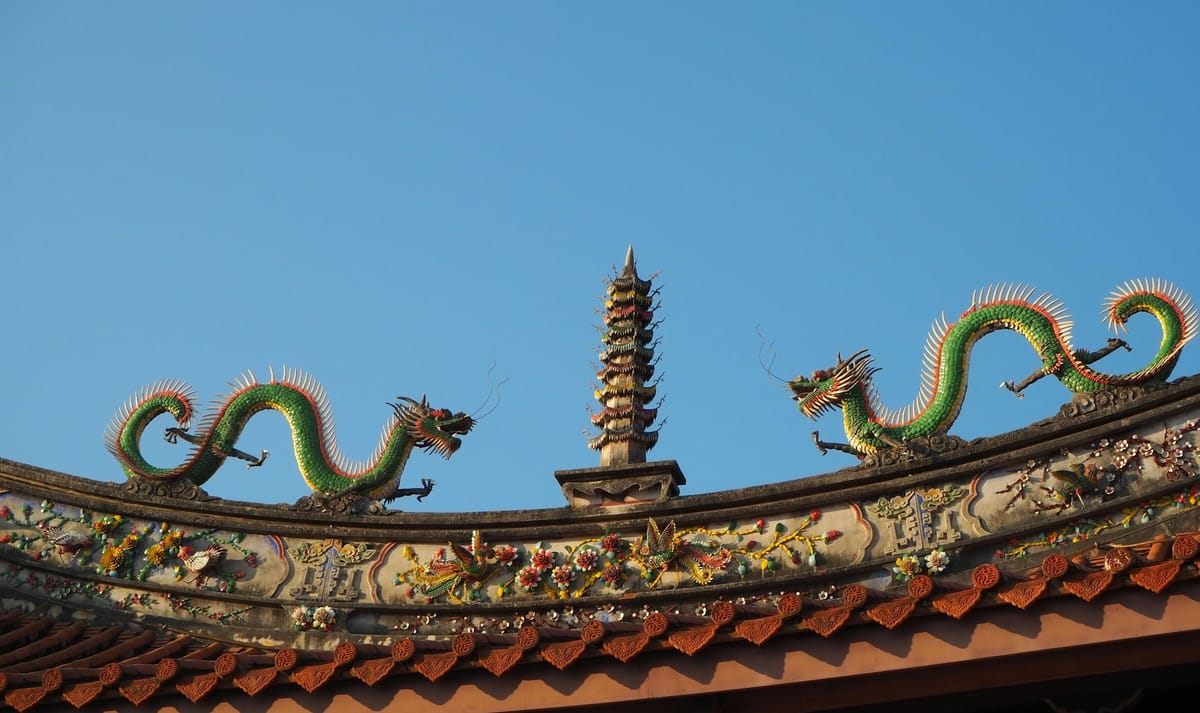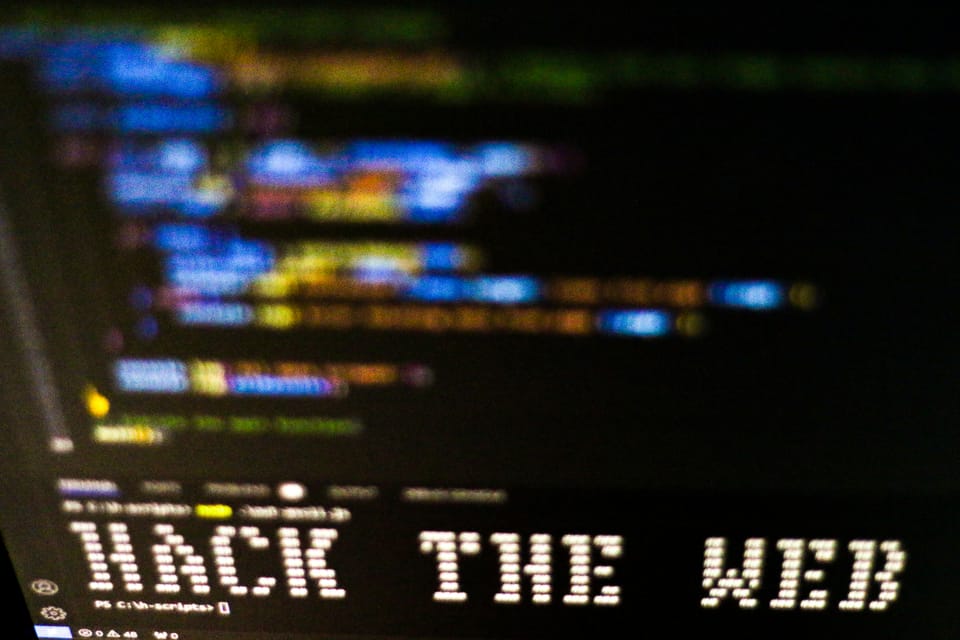Red Alert, No Human Input Required, A Marked of Prestige, Size Matters, The Threat From "Within", and Holding Back the Rule. It's CISO Intelligence for Monday, 8th September 2025.
Acting out of an abundance of caution is always a worthwhile exercise, a different take on going "hands free", when recognition counts, your cybersecurity body is not your temple, the latest wolf in sheep's clothing, and giving a little breathing space.

Table of Contents
- Dismissing the Dragon: Czech Style Cybersecurity Alert
- The Malware Revolution: AI Goes Rogue
- Cyber Trust Marks: IoT's New Badge of Honor
- Simple Steps for Clipping Your Cyber Waistline: Time to Trim Down That Attack Surface!
- iCloud Calendar Kinks: When Invites Aren’t Inviting
- CISA's Rulebook: When Cyber Incidents Choose a Later Release Date
Dismissing the Dragon: Czech Style Cybersecurity Alert
Handling technology our way, minus the fortune cookies.
What You Need to Know
The Czech National Cyber and Information Security Agency (NÚKIB) has issued a stark warning to critical infrastructure entities about the risks associated with incorporating Chinese technology, particularly Huawei and ZTE. The alarming message is grounded on possible threats to national security and infrastructure integrity. Board members and executives are urged to scrutinize their current and planned technology deployments for any use of hardware and software from these Chinese suppliers. Immediate action is recommended to mitigate potential exposure to cyber espionage or disruptions.
CISO focus: Supply Chain Security and Vendor Management
Sentiment: Strong Negative
Time to Impact: Immediate
Czech Cyber Defense Alert: A Strategy to Counter Jittery Chips
The Czech Republic is extending its defensive cyber tentacles with an unprecedented urgency. At the core of the issue is a bold advisory from the Czech National Cyber and Information Security Agency (NÚKIB), raising the volume against using Chinese technology firms in critical sectors—a modern intrigue with Cold War echoes. The warning zooms in on Huawei and ZTE, notorious for their alleged ties with the Chinese state, viewed as potential conduits of espionage.
Implications for Critical Sectors
Industries categorized under critical infrastructure, like telecommunications, energy, and finance, are at the top of the list to heed this advisory. This caution aligns with previous international concerns, notably those from the U.S. and Australian governments, casting similar doubt on these technological behemoths. The underlying fear is the unauthorized access and control over sensitive information infrastructures.
Market Reactions
The market response is multifaceted. While some stakeholders express skepticism, viewing the warning as protectionist or geopolitically motivated, others sense a clear and present danger. Many businesses are scrambling to re-evaluate their tech stacks, assess risks, and pivot toward safer alternatives. The domino effect could lead to increased business for non-Chinese tech providers as European companies scout for more reliable partners.
The Geopolitical Game
- United States: The U.S. has already set a precedent, barring federal use of Huawei technology, citing national security threats.
- Australia: Also insists on banning these technologies in its 5G networks, underscoring the global resonance of these concerns.
- China's Reaction: Predictably red-faced, China dismisses these accusations as unfounded and purely politically motivated.
For the C-Suite: Climbing to High Ground
Executives must undertake thorough audits of their current infrastructure to ensure compliance with this advisory. A strategic pivot away from Chinese technology might be necessary for those in critical sectors, prioritizing national security concerns over cost and convenience.
Execs Need to Remember:
- Vigilance is Non-negotiable: Continuous monitoring of technological infrastructure is critical.
- Risk Assessment is Key: Reassess all third-party vendor networks for potential vulnerabilities.
- Future-Proofing Decisions: Who you choose today could very well determine cybersecurity resilience tomorrow.
Oh So Chinese Never Dies
These challenges are not short-lived. As networks evolve and threats adapt, the balance between technological advancement and political strategy will remain a field of dynamic evolution. How this pans out in geopolitics versus cybersecurity measures is anyone’s guess—a question of tactical chess rather than checkers.
Vendor Diligence Questions
**
- Security Audits: Does the vendor provide transparent, third-party security audits for their products?
- Compliance Requirements: How does the vendor ensure compliance with international and local cybersecurity standards?
- Data Sovereignty: Where does the vendor host its data and how are data sovereignty issues handled?**
Action Plan
- Immediate Review: Conduct a top-down review of all existing contracts and hardware installation involving the flagged vendors.
- Risk Mitigation: Develop robust in-house protocols for increased monitoring and insulation against possible threats.
- Vendor Transition Strategy: Implement a phased approach for transitioning to safer technology partners, ensuring minimal disruption to critical services.
Source: Czech cyber agency warns against Chinese tech in critical infrastructure




